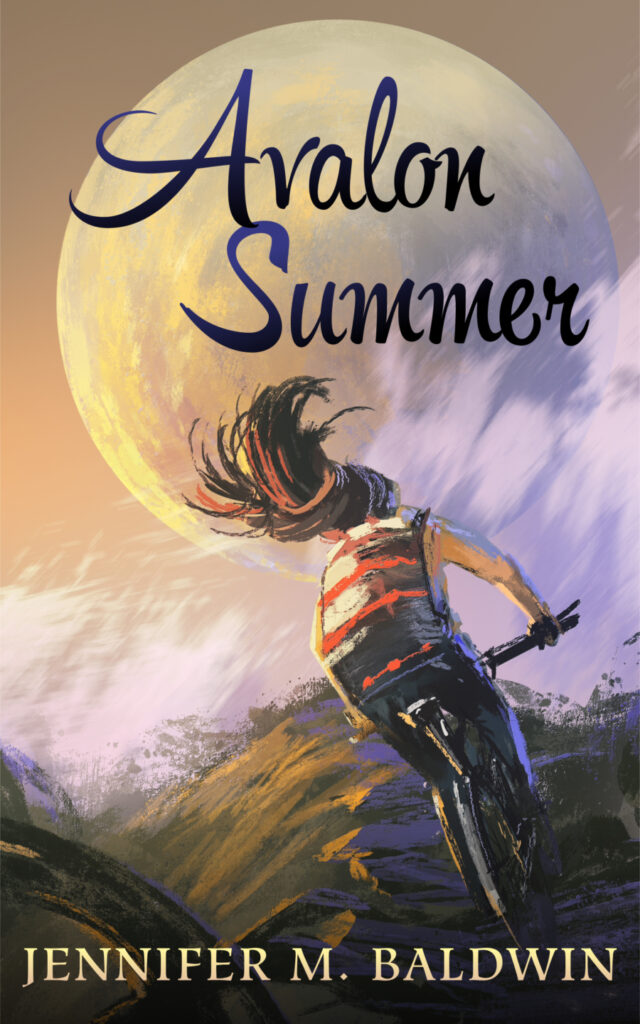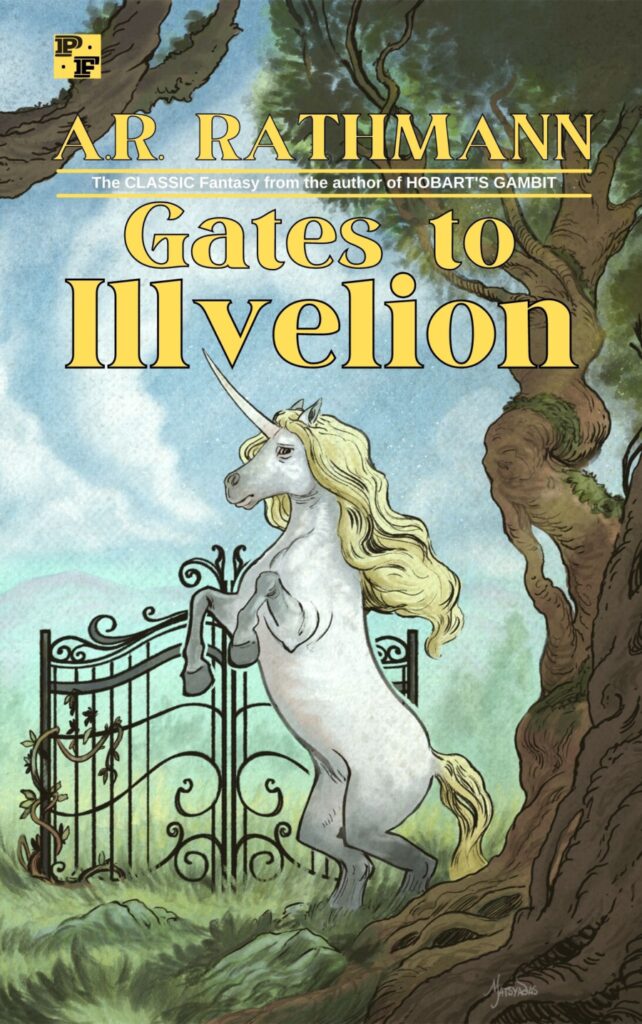I told them that input could be whatever they wanted, so I have to refrain from being judgy about their choices, but after looking over their input logs from the first week, I think it might be time to talk about high-quality input versus low-quality input.
It’s a tricky subject because it reminds me too much of the snobbish position that certain kinds of literature are better than others, that comic books and video games are worthless, that pulp literature and Hollywood movies are for the unwashed masses, etc. etc. All that elitist crap.
I’m a “more/and” kind of person. A “yes” person. I like liking things, to quote Abed. And for too long, science fiction and fantasy were looked down on as “lesser-than” by the literary establishment, and I don’t want to contribute to that kind of judgment, a judgment more often born out of snobbery and cliquishness than actual merit and quality.
But. But, but, but…
There are certainly artistic avenues and byways my students could be exploring that they aren’t, and if they did explore those byways, they might find them rewarding and much more satisfying than what they are reading/watching/listening to right now.
I’m tempted, therefore, to maybe give them more required reading/viewing/listening/etc. Not a lot, but a few assignments each week that they have to engage with. “Read X by Wednesday and we’ll talk about it in class.” That kind of thing.
Yeah, I’m backtracking a little from what I said at the beginning of the term, but I think/hope it will help them see that it’s not about which art is “good” and which is “bad” so much as it’s a question of whether the art I’m inputting is expanding my life as a writer or limiting it. If it’s limiting/narrowing/same-old-same-old, then what’s the point? A kind of familiar numbness? The comfort of hearing my old notions parroted back to me? Inertia?
Or is it that they don’t know what else is out there? If I’m going to assign better input experiences for them, then I need to meet them where they are. Maybe something like the book recommendations John Warner does? They give me a list of their last five input experiences and I put together a list of five more to explore that are of a potentially better quality. It’s worth a shot.
We’ll be watching Richard Linklater’s School of Rock in Week Three, partially because I want to introduce the concept of going back and exploring the influences of those who influence you.
I feel like I’m only in Week Two and the year is almost over. These quarter-long classes we do at my school just don’t feel like enough time, especially this fourth quarter with senioritis hitting hard and Easter and all the random days off and schedule changes. There’s SO MUCH we could be doing in this Creative Writing class. If I am going to teach it next year, I’ll need to scale back my ambitions for the class considerably. At the moment, there’s too much I want to do and no time in which to do it.
I need to repeat my mantra from the beginning of the year: “Slow learning.”
We don’t have to do it all. We can leave a few chips on the table. We can do less. We can go deeper on the things that matter for us right now, not some predetermined schedule.
I need to remember that. I’m building a space for them to write creatively and develop ideas and skills. It takes time to build that space, and maybe we only start to build it together, and it’s up to each student to finish building it on her own (or with each other, after the last bell has rung on the school year).
Whenever I want to do too much, I end up regretting it.
For now, we’re looking at input. Better quality. Exploring influences. Finding the good stuff that will expand your imagination. Leaving the stuff that limits you.
I’ll go down this road with the students until I feel like we’ve gotten what we need. Then we’ll move on. Maybe that’s by the end of Week Three, maybe it’s by the end of Week Four. Maybe we stay on this for the rest of the school year — IF it’s yielding fruit and helping us all grow.
Otherwise, we can keep going down the road: going slow, but going beyond the surface of things.


